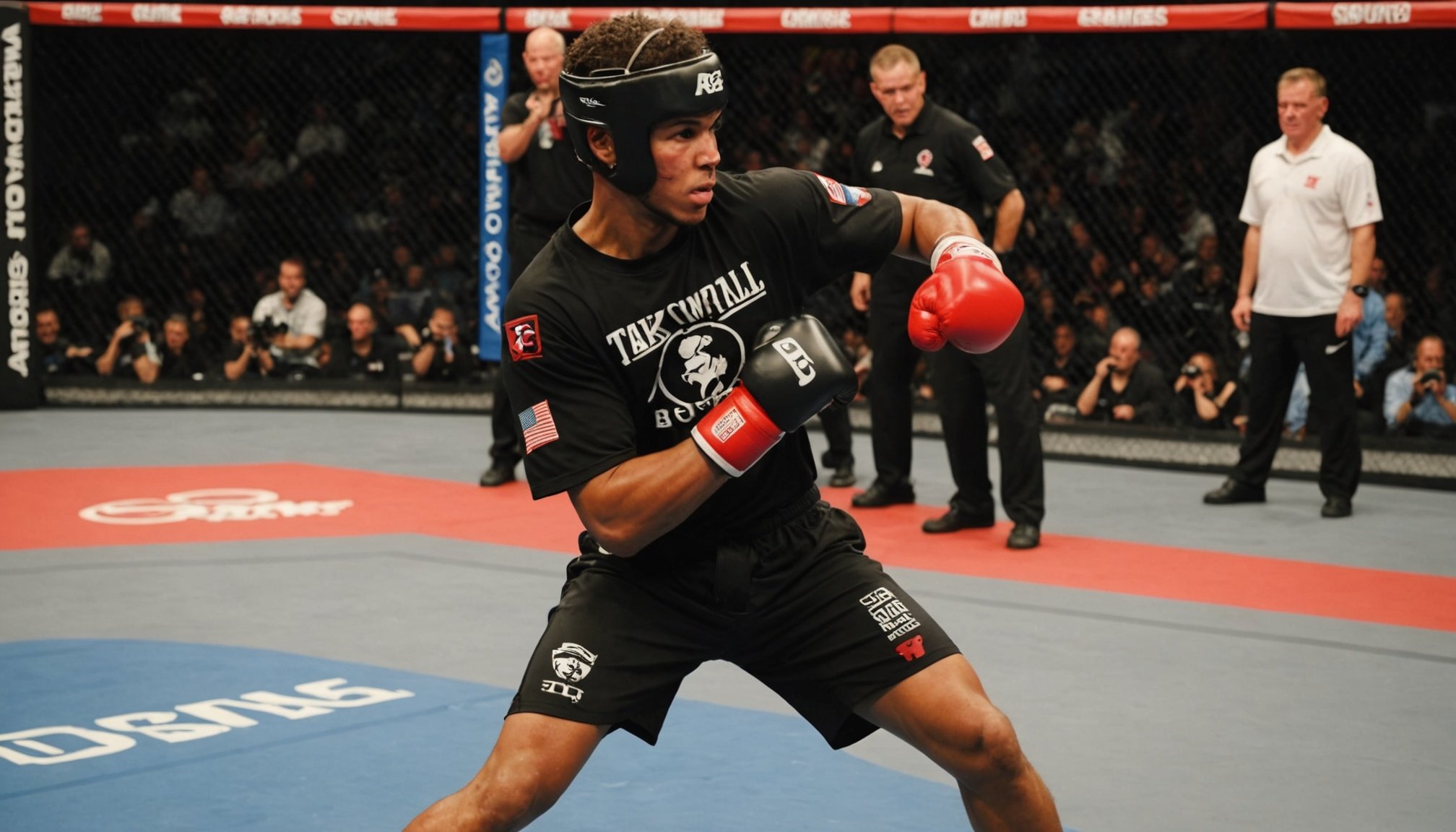In the realm of combat sports, the journey to success is paved with rigorous training, strategic planning, and untiring dedication. Among the many components that contribute to the making of a successful combat athlete, sparring holds a pivotal role. It is more than just a simulated fight; it is a crucible where skills are honed, weaknesses are identified, and resilience is tested. For those who aspire to excel in disciplines like boxing, MMA, or karate, understanding the multifaceted impact of sparring is crucial. This article explores how sparring contributes to the holistic development of a combat athlete, enhancing both their physical prowess and psychological fortitude.
Building Physical Endurance through Sparring
Sparring serves as an indispensable tool in developing the physical endurance of a combat athlete. Unlike solitary training routines or fitness drills, sparring replicates the dynamism of a real fight, pushing athletes to their limits. It demands stamina, power, and agility, which are cultivated over time through continuous practice.
Also to see : What are the signs of overtraining, and how can fighters recognize them?
During sparring, you engage in an active exchange of moves, which accelerates your heart rate and challenges your cardiovascular system. This process increases your aerobic and anaerobic capacity, ultimately enhancing your stamina. Over time, your body adapts, allowing you to sustain high-intensity activities for longer periods without succumbing to fatigue.
Moreover, sparring refines your technique under pressure. The constant movement and need to react swiftly to an opponent’s actions help in improving coordination and balance. Sparring also aids in muscle memory development; repetitive actions under duress engrain movements into your subconscious, enabling quicker reactions. The conditioning acquired through sparring renders you more resilient and less prone to injuries during actual competitions.
Have you seen this : How can fighters incorporate yoga into their training regimen for improved flexibility?
Enhancing Tactical Skills and Strategy
Sparring is not only a physical challenge but also a mental chess game where strategic thinking is paramount. Every move you make, or don’t make, can significantly impact the bout’s outcome. Engaging in sparring sessions enhances your ability to read opponents, anticipate their next moves, and devise counter-strategies on the fly.
One crucial aspect of sparring is developing an understanding of different fighting styles. By facing a variety of opponents, you learn to adapt your tactics and strategies to exploit their weaknesses while playing to your strengths. This adaptability is critical, as no two fighters are the same, and success often hinges on your ability to outthink your adversary.
Furthermore, sparring sharpens your decision-making skills under pressure. The fast-paced nature of combat sports means decisions must be made in split seconds. Sparring helps you cultivate confidence in your judgment, enabling you to execute strategies effectively even when the stakes are high.
Ultimately, sparring instills a sense of patience and discipline. It teaches you when to attack, when to defend, and when to conserve energy. These lessons, learned through countless rounds, are invaluable in shaping a well-rounded and tactically astute athlete.
Psychological Resilience and Mental Toughness
Beyond physical and tactical development, sparring plays a crucial role in forging the psychological resilience of a combat athlete. The mental fortitude required to face an opponent, endure hits, and remain composed under pressure is cultivated through repeated sparring sessions.
Sparring helps to boost confidence by allowing you to test your skills against others in a controlled environment. Every successful move reinforces your belief in your abilities, while every setback offers a lesson and an opportunity for growth. Over time, this cycle of challenge and achievement builds a robust mental framework that can withstand the pressures of high-stakes competition.
Moreover, sparring conditions you to handle the inherent stress and unpredictability of combat sports. The adrenaline rush, the anticipation, the need for quick reflexes—all these factors contribute to a heightened state of alertness. By regularly sparring, you learn to thrive in this intense atmosphere, maintaining focus and clarity even under duress.
Finally, sparring teaches humility and respect. It reminds you that no matter how skilled you are, there is always room for improvement and that every opponent offers valuable insights. This mindset not only makes you a better athlete but also fosters a sportsmanlike attitude that is respected both in and out of the ring.
Creating a Supportive Training Environment
A successful sparring session is as much about the environment as it is about the athletes involved. The camaraderie and mutual respect cultivated during these sessions contribute significantly to personal and professional growth. In a supportive environment, sparring becomes a collaborative effort where partners push each other towards excellence while ensuring safety.
Coaches and teammates play a pivotal role in fostering this environment. Coaches provide guidance, offer feedback, and help devise strategies tailored to individual needs. Meanwhile, training partners act as mirrors, reflecting your strengths and weaknesses, thereby facilitating growth. This shared journey builds a strong sense of community and encourages athletes to support each other’s development.
In such an environment, sparring becomes a learning experience rather than a competitive battle. Athletes are encouraged to experiment with new techniques, refine existing skills, and learn from their mistakes without the fear of judgment. This approach nurtures creativity and innovation, allowing athletes to evolve and adapt continuously.
Moreover, a positive training environment instills values such as discipline, perseverance, and respect—qualities that transcend the sport and shape character. These attributes, honed through shared experiences and mutual respect, contribute to the holistic development of a combat athlete.
Sparring is an indispensable element in the journey of a combat athlete, serving as a crucible for physical, tactical, and psychological development. It offers a realistic simulation of competition, equipping athletes with the endurance, strategic acumen, and mental resilience necessary for success. Beyond individual growth, sparring fosters a sense of community and shared purpose, driving athletes to strive for excellence while upholding values that define true sportsmanship. For those committed to mastering the art of combat sports, embracing sparring’s multifaceted role is not merely beneficial; it is essential for achieving greatness. As you step into the ring, remember that each sparring session is more than a challenge—it’s an opportunity to evolve.











